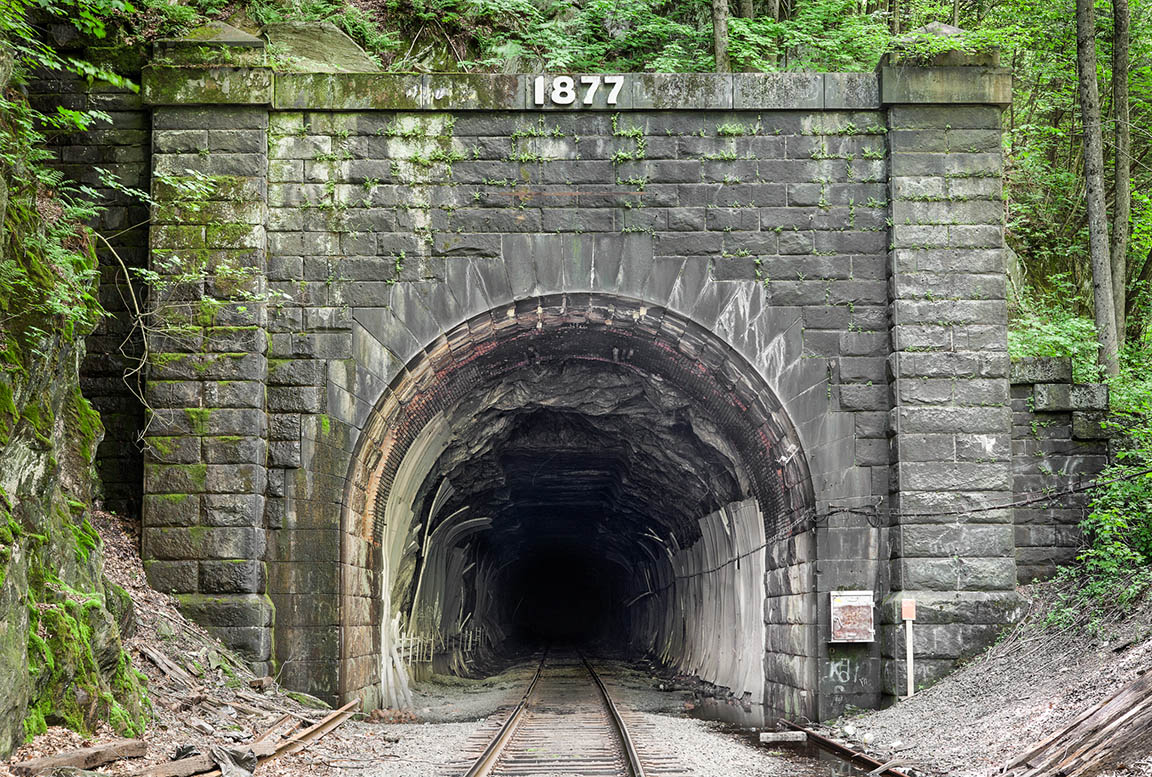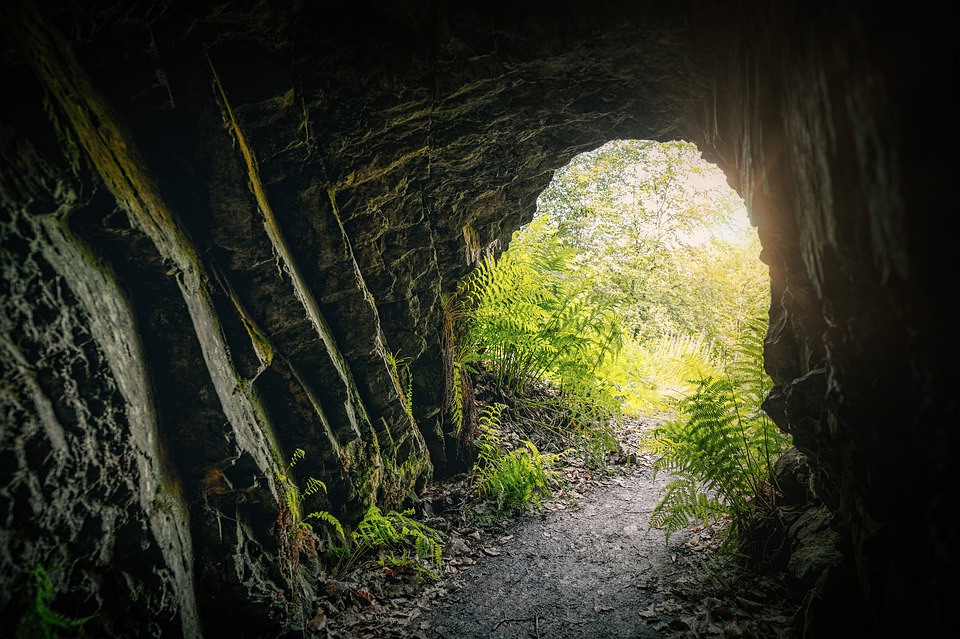The tunnel builders of today perform many remarkable feats of engineering that attract only passing attention. Because of such achievements, trains bear their passengers under lofty mountains and beneath harbors and rivers – water supplies are brought to cities through aqueducts miles in length. The earth beneath our metropolitan centers is a veritable honeycomb of underground passages that carry traffic or serve as conduits for water, heat, gas and electricity.
So, today, let’s learn more about tunneling the earth.
The History

Probably, the first human tunneling took place when prehistoric men dug through rock in order to enlarge their caves. Stone Age men dug into the rock to obtain superior flint for weapons and various relics of these early operations have been found in the chalk districts of southern England.
Generally speaking, the tunneling of prehistoric man was restricted to soft rock strata. The ancient Egyptians, however, mastered the art of boring through hard work in order to construct their subterranean tombs and temples.
In India, too, cave temples were dug out of solid rock. The Assyrians, Medes and Persians built tunnels serving as passageways, aqueducts and drains. The Old Testament describes a water-supply tunnel constructed in Jerusalem about 700 B.C. (II Kings 20:20). The Athenian silver mines in Attica represented the most extensive Greek tunneling operations. Several thousand shafts and galleries were dug.
The Romans were the greatest tunnel builders in antiquity. The greatest of all Roman tunnels, completed in 52 A.D. during the reign of the emperor Claudius I, was dug in order to drain the Fucino Lake. It was about 3 ½ miles long with a cross-section of 6 by 10 feet and a maximum depth of 400 feet. The aqueduct tunnels of Rome were likewise outstanding – the underground passageway of the aqueduct known as Aqua Antonia Marcia was particularly famous. The Romans built a great number of impressive road tunnels. The passage of Posilipo, near Naples, completed about 36 B.C. is still in use today – it is 3, 000 feet long, 75 feet wide at the portals and 25 feet wide at the middle. Visitors still marvel at the Roman catacombs –subterranean burial places with miles of passageways at different levels.
Engineering declined in the early Middle Ages, but when large stone structures began to reappear, tunneling was resumed. Some castles, monasteries and churches had secret tunnels, dug out for various purposes. Agricola’s famous treatise Concerning Metals, published in 1556, shows that the tunneling methods employed by the Romans were still in use during the Middle Ages and in the period of Renaissance. As a matter of fact, Concerning Metals remained a standard handbook on mining and tunneling practices for over three hundred years after the date of its publication.
Loss of Life in the Building of the Hoosac Tunnel

There is always some loss of life in the construction of any large tunnel. One hundred ninety-five men gave their lives before the Hoosac Tunnel was completed. The worst accident occurred when the central shaft had been sunk to a depth of 583 feet. A fire broke out in the large house that had been built over the shaft’s mouth and that had been used as a general storehouse and office.
Thirteen miners were at work at the bottom of the shaft at the time and an effort was made to rescue them by means of the hoisting bucket, but without success. The fire burned away the cable and dropped the heavy bucket. The landing floor at the top of the shaft, upon which were piled several hundred steel tools, then fell on the miners below. It was followed in a few moments by the roof timbers of the burning buildings. It was months before the shaft was finally cleared and the bodies of the thirteen miners were found.
